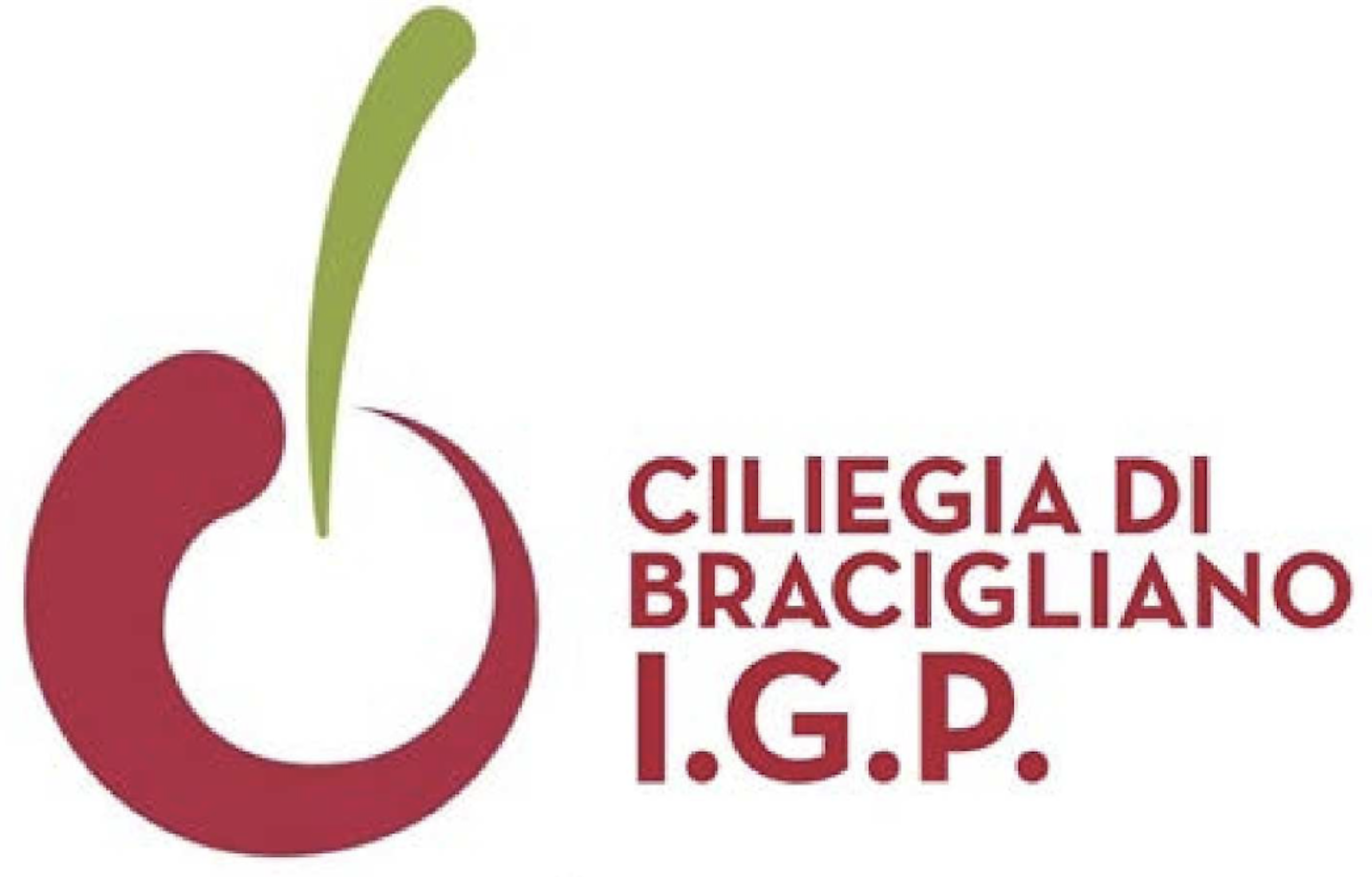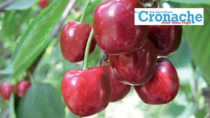Description
The Ciliegia di Bracigliano PGI refers to the fresh fruit obtained from the cultivation of the following cultivars of the species Prunus avium L.: Spernocchia, Sciazza, Pagliaccia (also known as Pagliaccio or Pallaccia), Don Carmelo, Silvestre, Bigarreau Burlat, Baron Picella, Palermitana and Principe.
Production Area
The production area of Ciliegia di Bracigliano PGI is within the entire territory of the municipalities of Baronissi, Bracigliano, Calvanico, Castel San Giorgio, Cava de' Tirreni, Fisciano, Mercato San Severino, Pellezzano, Roccapiemonte and Siano in the Province of Salerno, and the municipalities of Contrada, Forino, Montoro and Moschiano in the Province of Avellino, in the Campania region.
Production Method
Ciliegia di Bracigliano PGI can be cultivated by the propagation of the plants either by grafting to the scion (part of the branch) or to the bud on the rootstock, both in a specialised crop and in “coltura promiscua” (literally a promiscuous crop). The orchards may use an intensive training system or a wall training system, with particularly tall trees. The cherries are harvested gradually, only by hand, from the first ten days in May until the last ten days in July. The harvested fruits, with the peduncle, must have a minimum diameter of 20 mm. The annual production of cherries may not exceed 25 tonnes per hectare for specialised cultivation and, in the case of “coltura promiscua”, in relation to the area actually assigned. The fruit must be sorted carefully, and within 48 hours of harvesting they must either be placed on the market or put in refrigerated rooms, where they can be stored for no longer than four weeks.
Appearance and Flavour
Ciliegia di Bracigliano PGI has an elongated or flattened cordiform shape, firm, crunchy and juicy pulp, and a shiny skin. The taste is delicate and pleasant, sweet and sour, and it has a fruity smell. It is dark red tending towards amaranth, and is no less than 20 mm in size, with the exception of cherries destined for processing, which don’t have to have the peduncle and can be a minimum of 17 mm.
History
Cherry tree cultivation in the Bracigliano area has extremely ancient origins. The first evidence of cherry trees in the area of Bracigliano is found in some notarial deeds from 1556, which attest to the importance of the production and trade of cherries. The reputation of Ciliegia di Bracigliano PGI was mostly established during the 20th century, as evidenced by numerous video and paper advertising materials. The established use of the name Ciliegia di Bracigliano is attested as early as 1980, in the book Storia di Bracigliano by the Franciscan Father Teofilo M. Giordano.
Gastronomy
Ciliegia di Bracigliano PGI can be stored in the refrigerator for a few days, making sure to remove any damaged fruit. In addition to being consumed fresh, it is also used to make desserts, cake and jams. It is particularly suitable for preserving in alcohol and is often used in cocktails. It is ideal to serve with fresh buffalo milk cheese, such as Mozzarella di Bufala Campana PDO, and local dessert wines such as Colli di Salerno PGI red passito or Costa di Amalfi PDO red passito.
Marketing
The product is placed on the market as Ciliegia di Bracigliano PGI, in containers of plant origin or other recyclable material, with a maximum capacity of 10 kg. The fruit in every container must be of the same size and ripeness, and only contain cherries of the same variety. It is available from May until the end of August.
Distinctive Features
Due to the hilly environment of volcanic origin, Ciliegia di Bracigliano PGI has a particularly firm pulp and stands out for its crunchiness. The high brix level makes it very sweet and the high content of flavonoids gives it its typical dark red colour. The high altitudes that the orchards can reach means that it is available on the market until the end of August.











